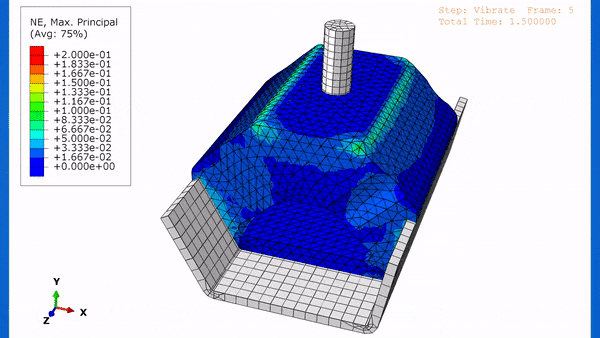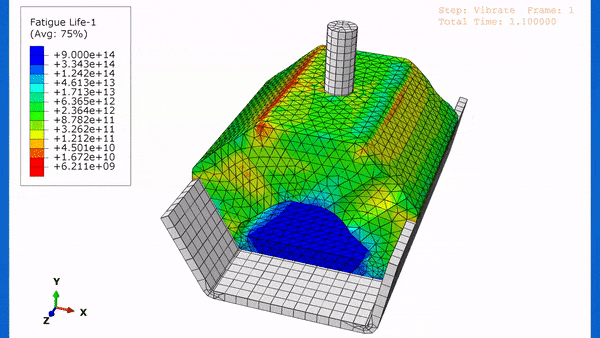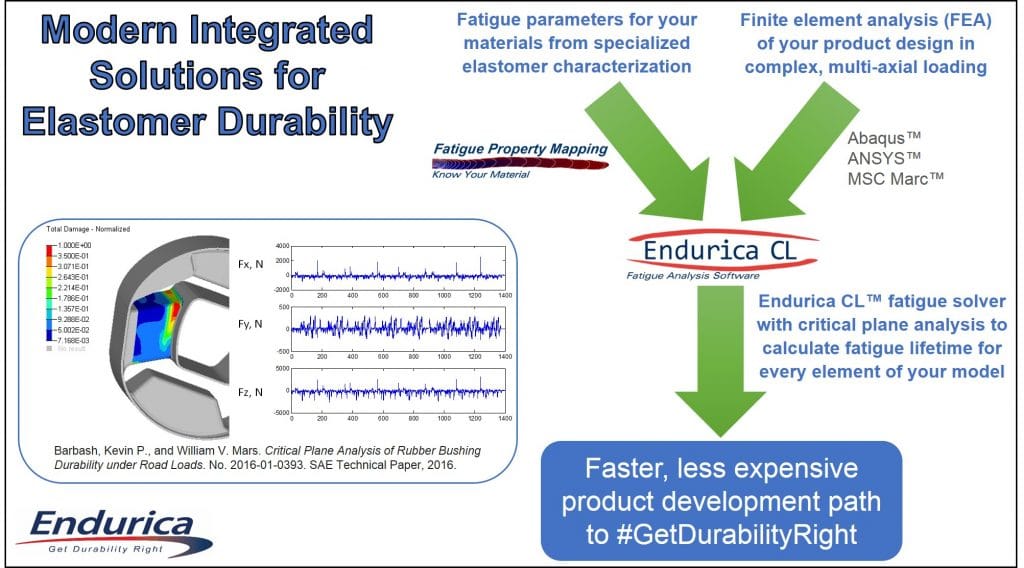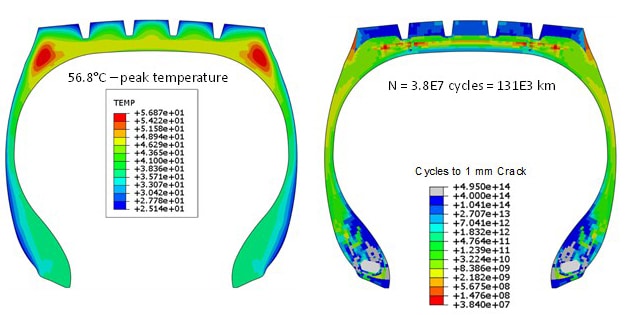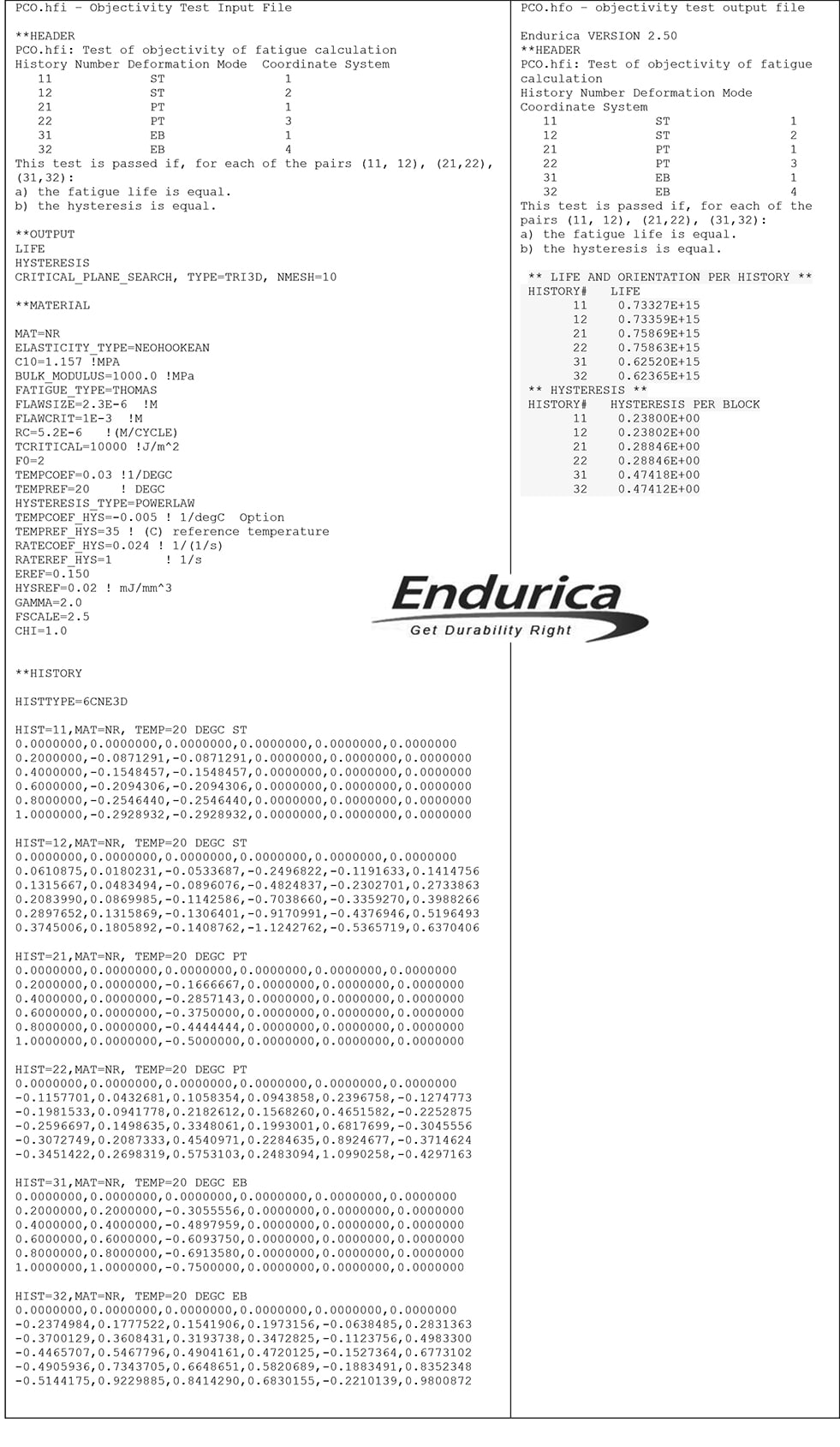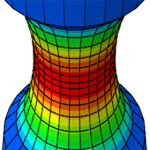 In considering ways to capture the contributions and essence of Endurica LLC to celebrate its tenth year of existence – and educating myself some more about the company I joined a little more than a year ago – I decided to put together the following top 10 list. Enjoy this informative snapshot of Endurica.
In considering ways to capture the contributions and essence of Endurica LLC to celebrate its tenth year of existence – and educating myself some more about the company I joined a little more than a year ago – I decided to put together the following top 10 list. Enjoy this informative snapshot of Endurica.
10 years of providing software and testing solutions for elastomer applications to #GetDurabilityRight in automotive, tire, aerospace, sealing, defense, consumer products, energy, and medical industries.
9 countries are using Endurica’s elastomer fatigue analysis software products (Endurica CL™, fe-safe/Rubber™, Endurica DT™, and Endurica EIE™) for finite element analysis (FEA).
8 specialized elastomer characterization modules are available in our Fatigue Property Mapping™ testing services.
7 years ago, the first training course was offered by Endurica. Today there are three courses that are each taught multiple times around the world every year.
6 is the number of full-time teammates working at Endurica LLC.
5 types of integrated durability solutions are offered by Endurica: FEA software, material characterization services, testing instruments, training, and consulting.
4 patents for Endurica’s innovative technology (3 granted plus 1 pending application).
3 testing instruments are available in the Americas region through our partnership with Coesfeld GmbH & Co. KG (Germany).
2 members of the Endurica team received the Sparks-Thomas Award from the Rubber Division of the American Chemical Society for outstanding contributions and innovations in the field of elastomers.
1st (and only) commercial FEA software to predict when and where cracks will show up in an elastomer product with complex loading and geometry for users of Abaqus™, ANSYS™, and MSC Marc™.

